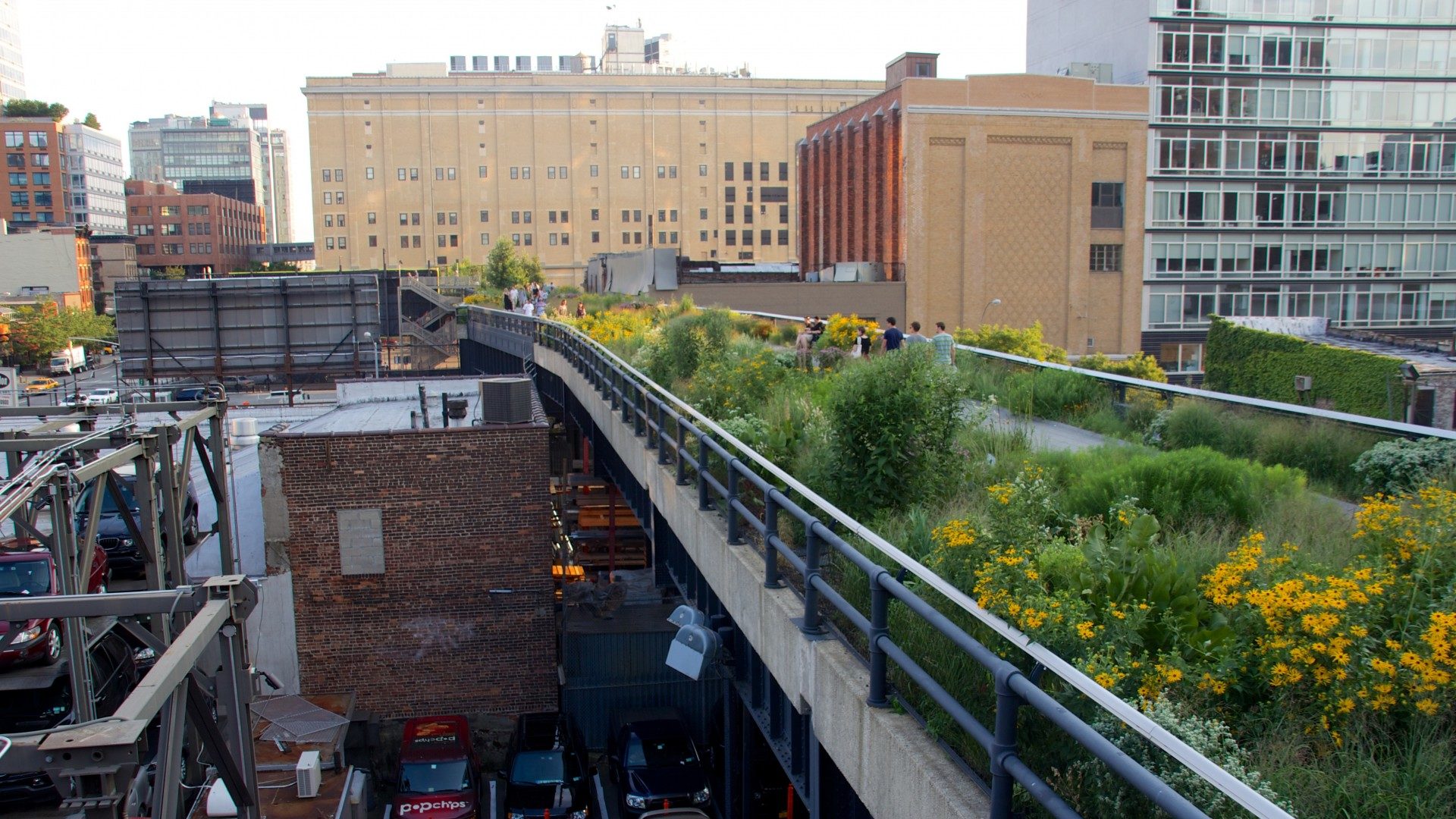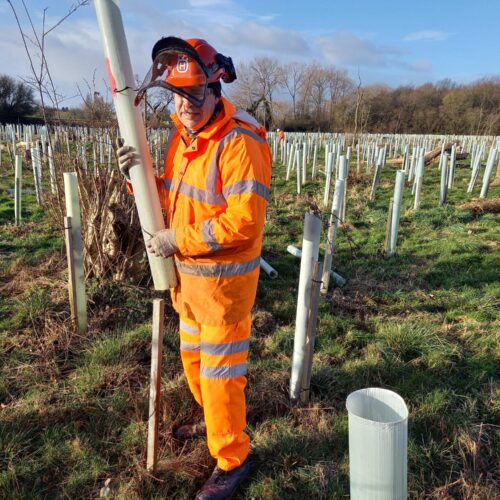This week saw London’s Garden Bridge project officially pulled.
The scheme to build a bridge planted with 270 trees and thousands of plants over the Thames, ran out of funding, with £37m of public funds having already
being spent on the project.
The project had been controversial from the start, with concerns about planning consents, securing guarantees from London authorities for future maintenance
costs, and whether the project represented value for public money. The cost of the project had escalated from the initial estimate of £60m to a more
likely cost of £200m.
New York has seen the success of the “High Line” – a public park built on a raised stretch of disused train track. The track has been planted with perennials,
grasses, shrubs and trees, and winds its way through areas of the city offering an oasis for city dwellers.
Now, with the collapse of the Garden Bridge project, it seems that we are to follow in New York’s footsteps with our own version of the High Line, running
between Camden and King’s Cross. London Mayor, Sadiq Khan, has backed the plan, and enough funds have been raised to give the project the green light.
The benefits of parks and green spaces in cities has been well documented. They provide people with a connection to nature, which is known to enhance wellbeing.
They give people opportunities for physical activities, which increases fitness and reduces obesity, and green spaces can mitigate negative impacts
on public health from climate, air and water pollution.
David Hine, a Senior Landscape Architect at Thomson Ecology, said, “Regardless of whether you were for or against the Garden Bridge, the benefits of public
greenspaces, especially in urban environments, are varied and hugely significant. The state of our public parks is something that must be addressed
to ensure these benefits continue to be felt.”
Image: The New York High Line, by Mike Peel











